All The Wines You Shouldn't Cook With
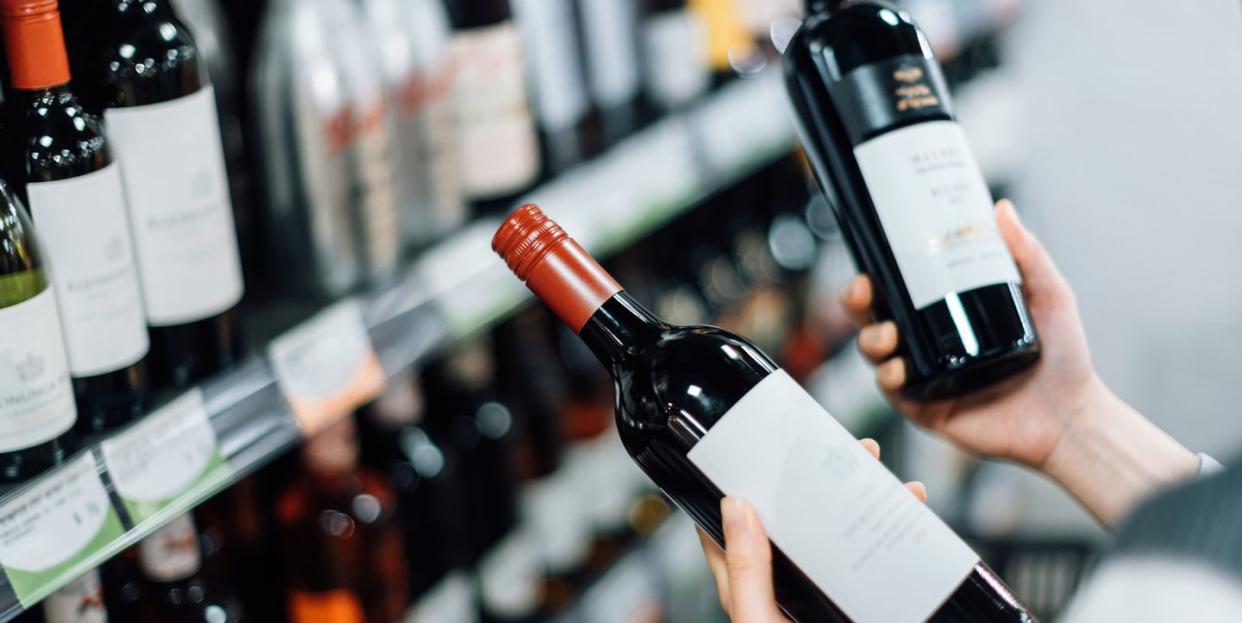
A good glass of wine just makes everything better. Whether it is slowly sipping on a glass of wine after a long day or you are saying “Cheers” to kick off the weekend or a vacation, wine enhances life’s little moments. Although sipping on a good glass of wine is one of life’s simple pleasures, there are some wines that should only be kept for sipping and not used when cooking up your favorite recipes. Here are 10 wines you should never cook with and why.
Bag-in-a-Box Wine
According to the Culinary Institute of America, when cooking with wine, you should always try to use a wine with very low residual sugar content. As you cook and begin to reduce your wine sauce, the sugar in the wine becomes more concentrated, which can make your sauce really sweet. Unfortunately, a lot of the bag-in-a-box wine and inexpensive jugged wine made in the U.S. have high residual sugar, so if you opt for one of these wines, you may end up with a sauce that is unbalanced and resembles more of a caramel than an actual wine sauce.
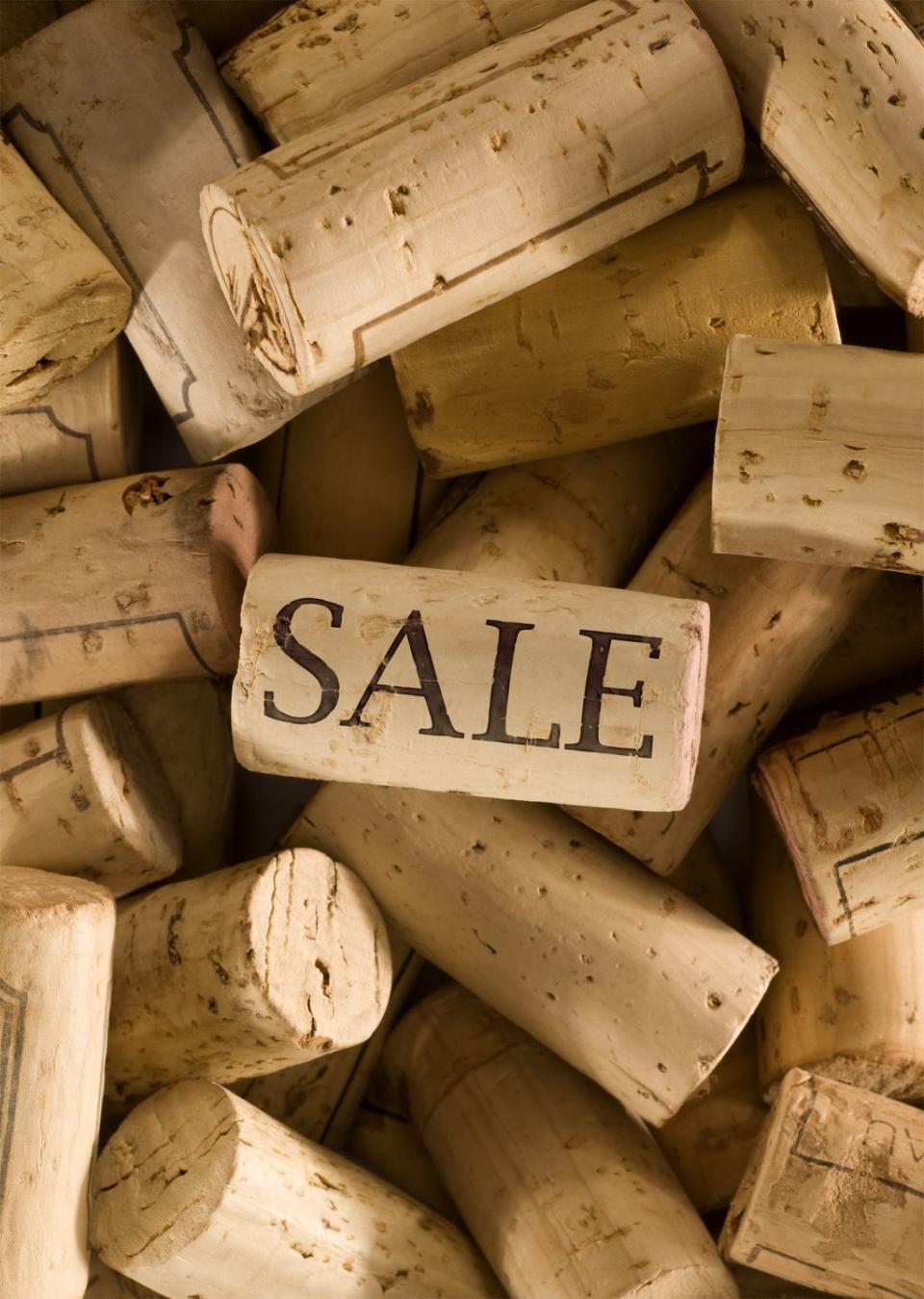
Cabernet Sauvignon
As wine cooks, its flavor becomes more and more concentrated, which is why it lends some level of savoriness or sweetness to recipes. However, some wines, like oaky wines, become bitter when they are cooked. This is why you should avoid cooking with wines like Cabernet Sauvignon. If you really enjoy the flavor and taste of a Cabernet Sauvignon, look for an unoaked version instead.
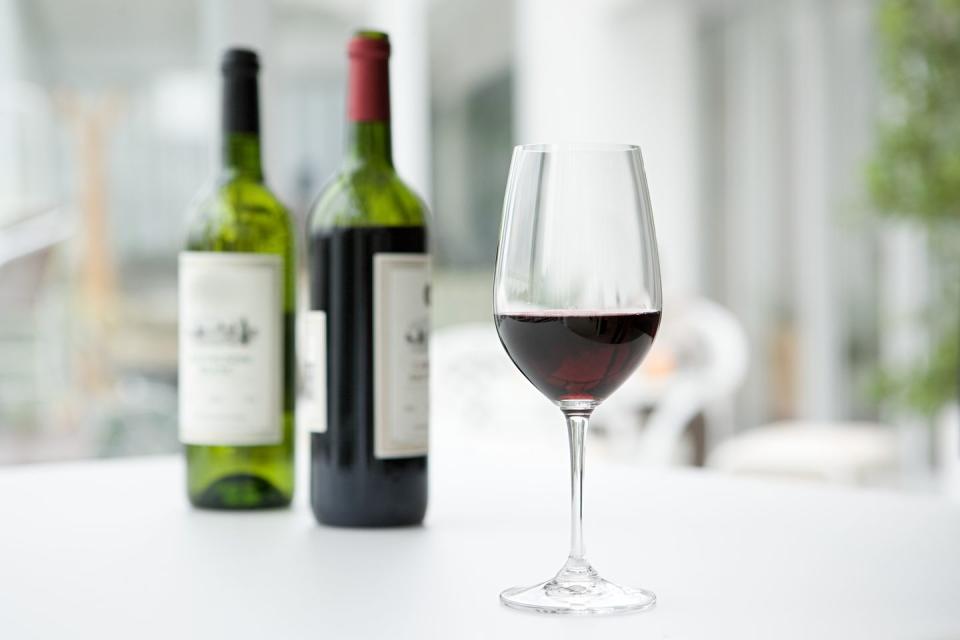
Chardonnay
Chardonnay may be your wine of choice, but leave it to the wine glasses. Chardonnay is another type of oaky wine that may become bitter when cooked. However, unoaked chardonnay gets the job done nicely.
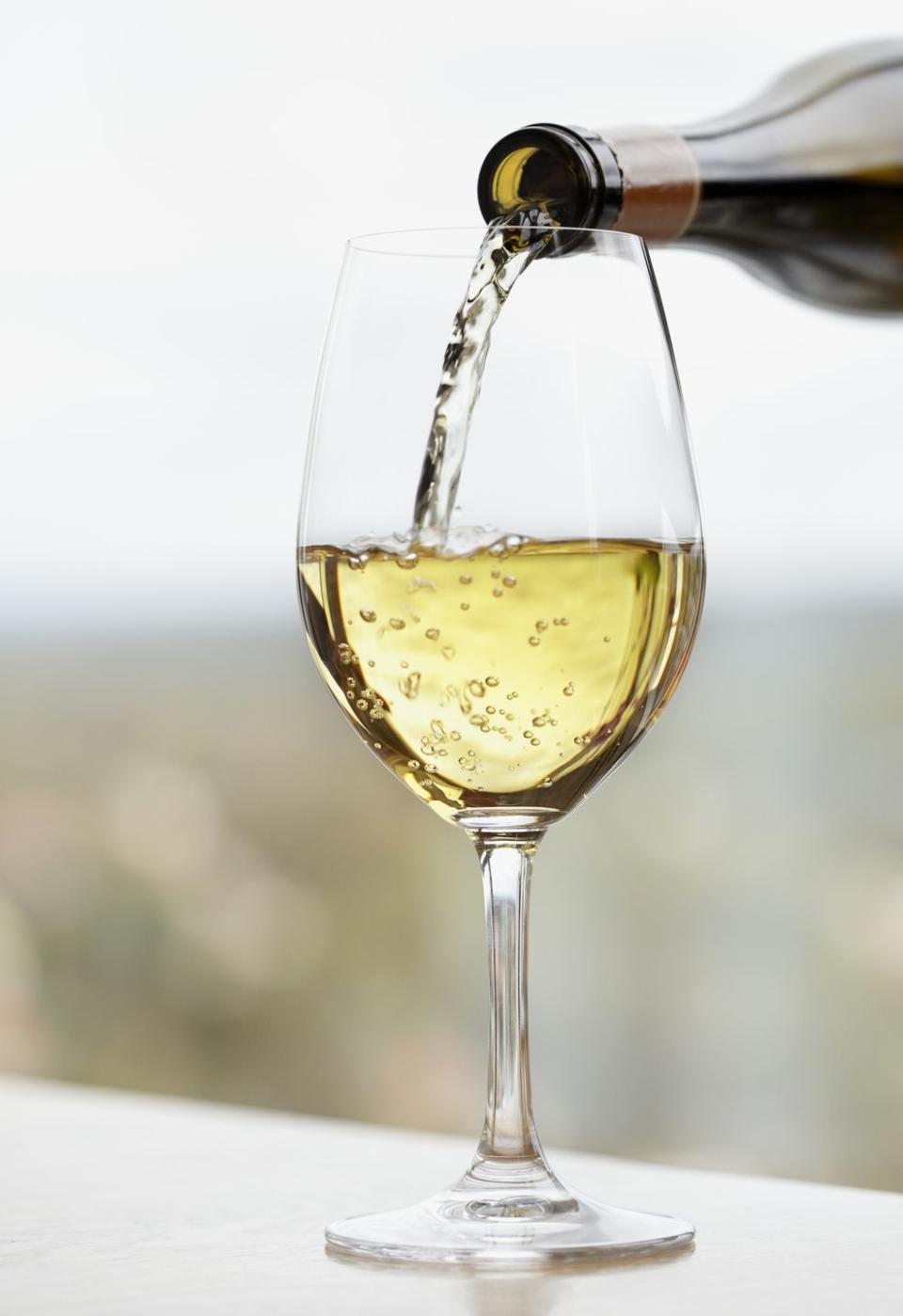
Malbec
Malbec is a great wine for a cold fall or winter day, which may make it tempting to add some to your homemade pot of beef stew, but hold up. Malbec is a wine that contains a lot of tannins. Tannins come from the grapes, seeds, and skins of grapes. These elements, though seemingly innocuous, make wine feel and taste dry. Plus, these bold tannic flavors only get stronger during the cooking process, which can create bitter, overpowering, and unpleasant layers of flavors in most recipes. Bottom line: Save the heavy tannin wines, like Malbec, for wine glasses only.
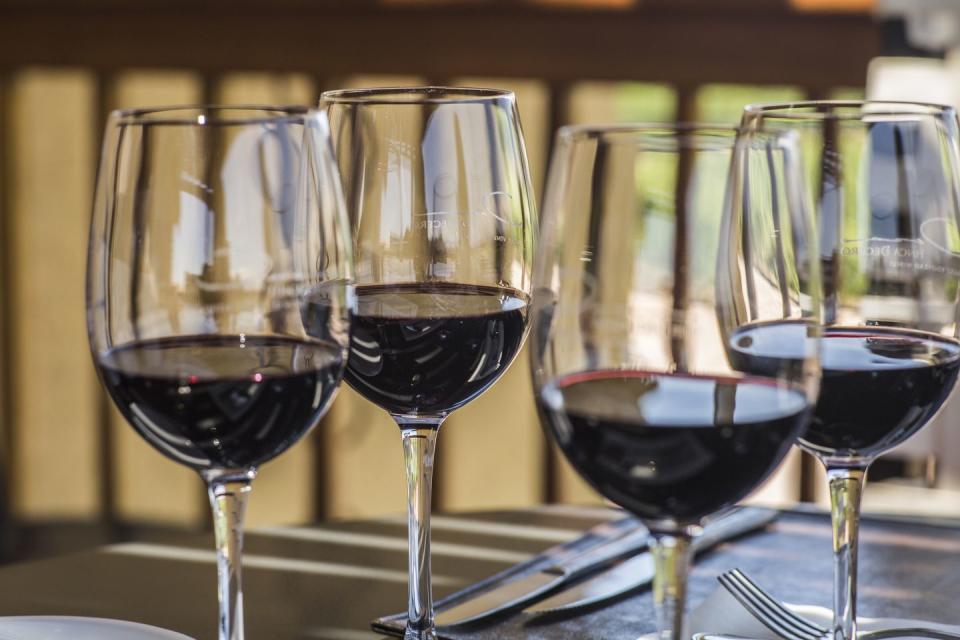
Riesling
Similar to bag-in-a-box wine, wine varietals with higher residual sugar, like riesling, or Gewürztraminer, are not great to cook with because the sugar might caramelize or may make a savory dish too sweet. Save the sweetest wines for dessert drinking and give your entrée something between bitter and sweet.
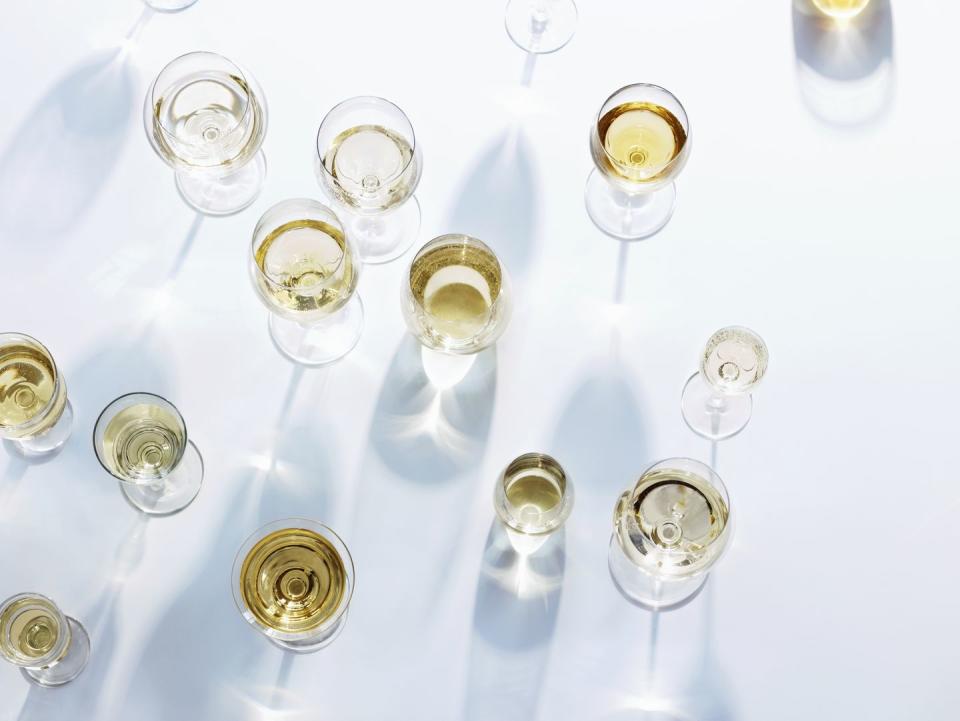
Syrah
Syrah is another wine that is pretty tannin-heavy, which means you are better off saving those big bold flavors for sipping instead of cooking leaving you much better off. If you are looking for a wine that offers moderate tannins, try Gamay, Merlot, or Pinot Noir, which will provide a more balanced and smoother flavor as you cook.
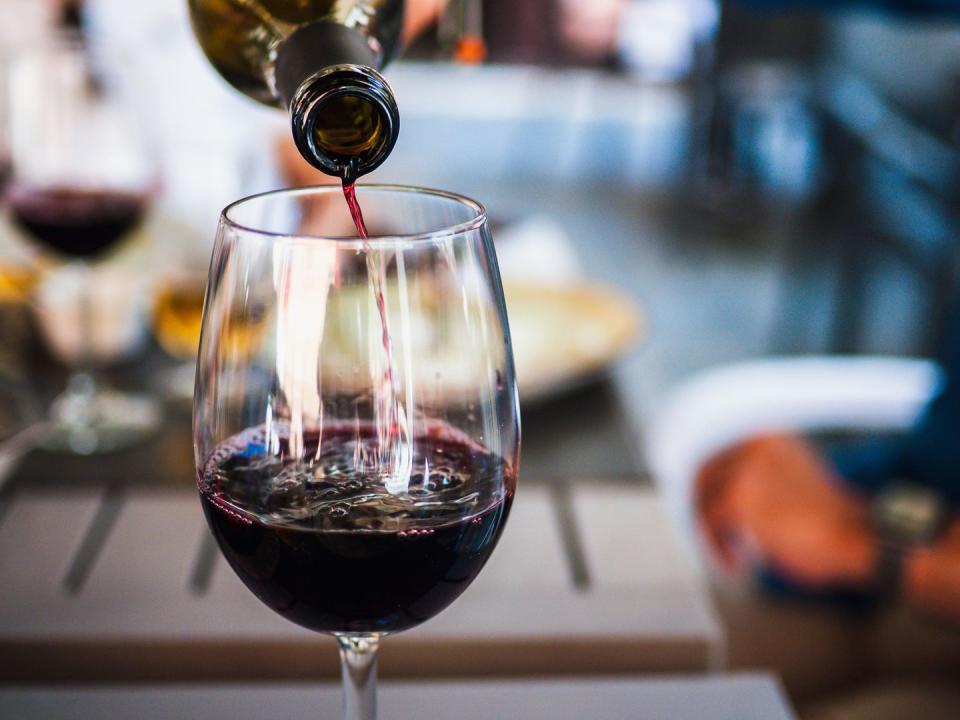
Moscato
Super sweet wines, like Mosacto, should be avoided in cooking unless the recipe calls for it. Most recipes ask you to add wine to a dish to lend some level of acidity, not sweetness. If a wine is too sweet, it will lack a bite and will instead deliver an unwelcome dose of syrupy taste that was supposed to be savory. Remember, cooking wine concentrates its sugars, making reds “jammy” and off-dry whites taste imbalanced and syrupy.
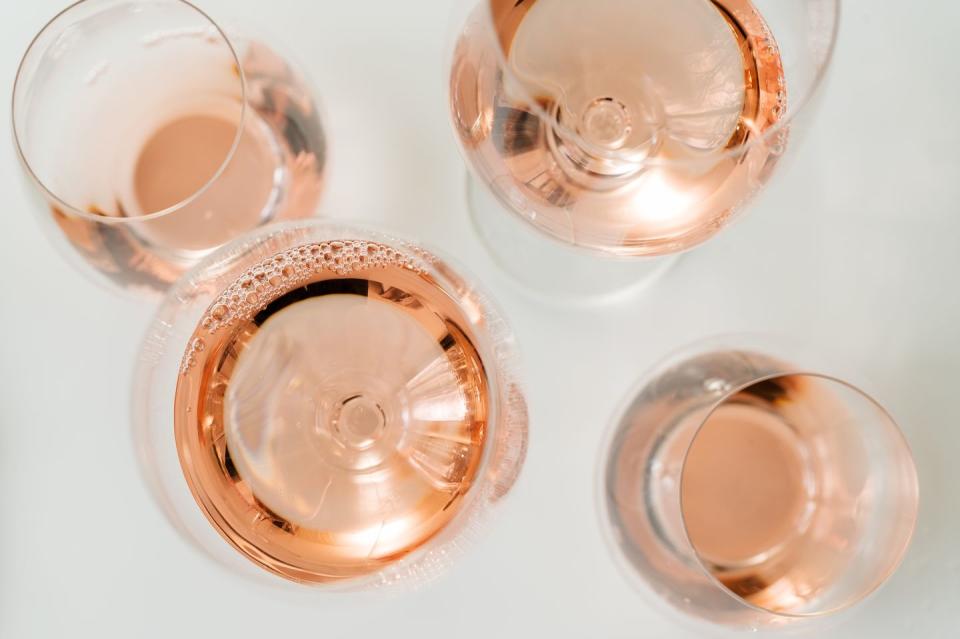
Marsanne
Aromatic and bold wines like Marsanne, Sémillon, and Viognier, should be left in your glass, as their distinct flavors will not easily complement a wide range of ingredients.
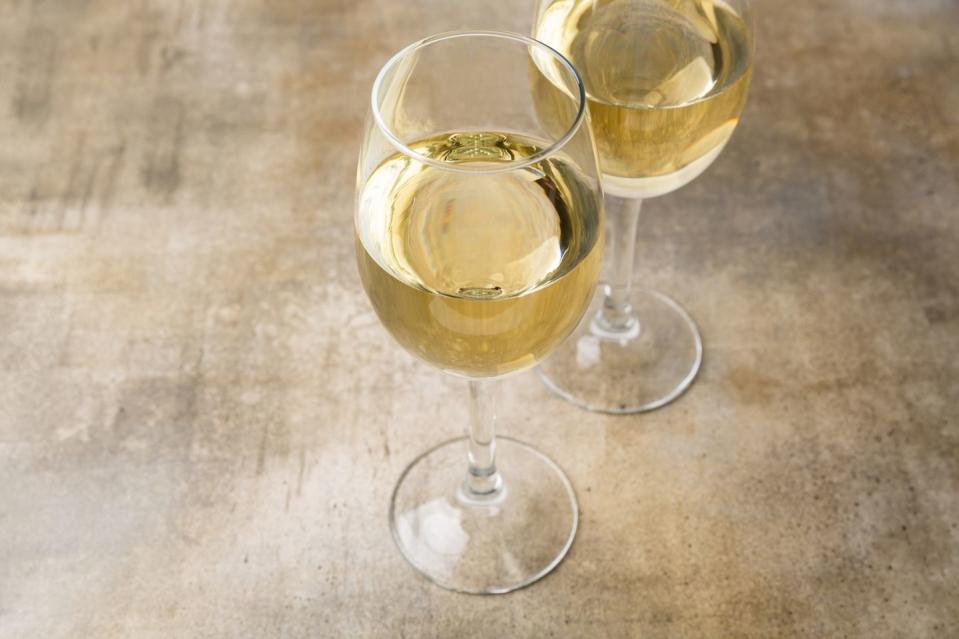
Nebbiolo
Nebbiolo is an iconic Italian full-bodied wine, which makes it great for the glass, but less than ideal for cooking. Full-bodied wines can overwhelm a dish, not to mention it has a high tannin content, which should be avoided when cooking recipes.
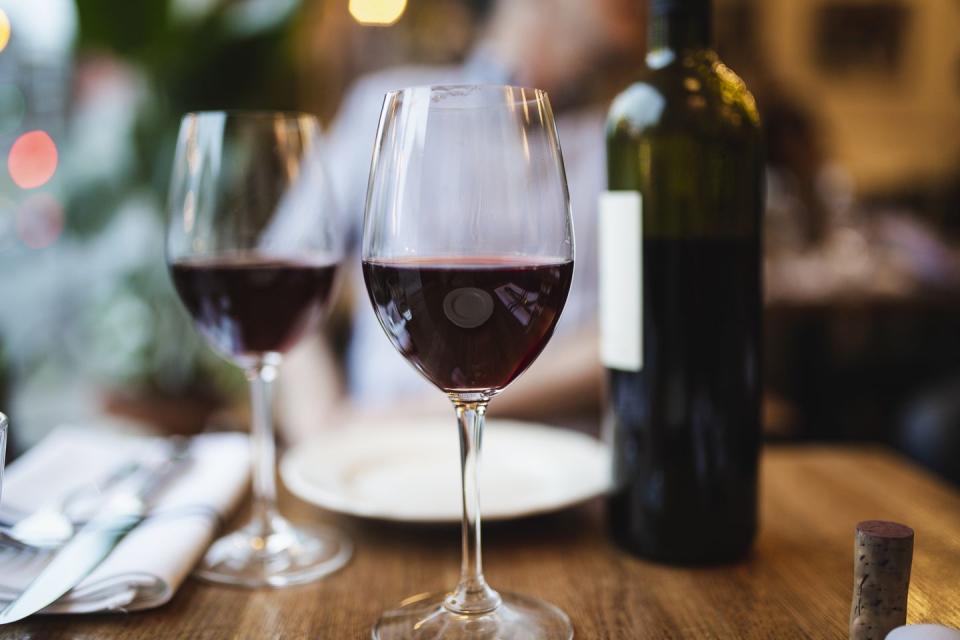
Zinfandel
Save your Beaujolais Nouveau and inexpensive Grenache, Shiraz, and Zinfandel for the glass. When reduced in cooking, the punchy berry flavors of these wines can quickly turn into perceived sweetness, especially if you do not have any acidity in your recipe to balance it all out. Instead, look for high-acid Italian reds like Barbera and Chianti or crisp, fresh styles of Cabernet Sauvignon without heavy oak.
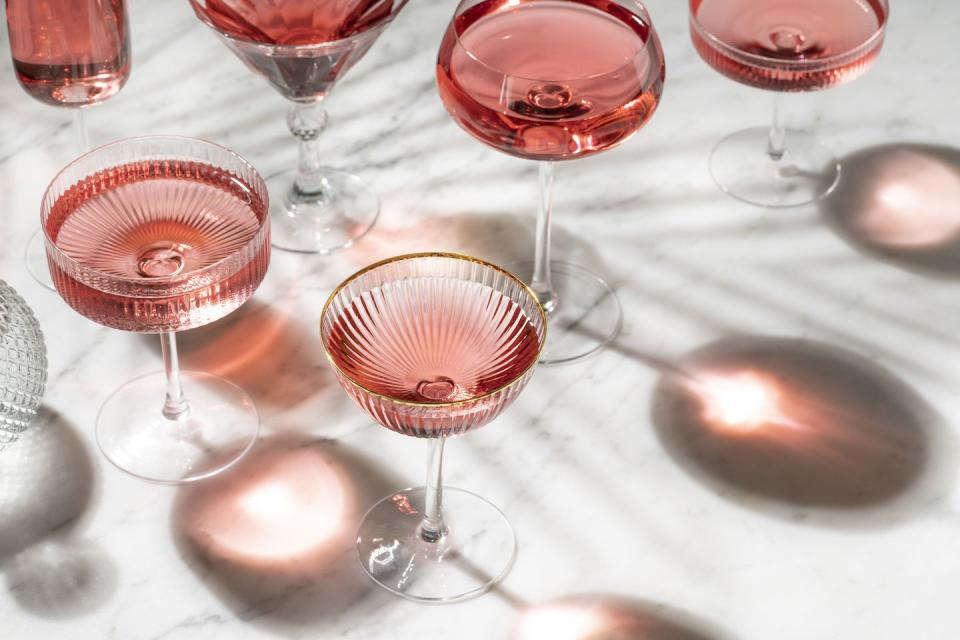
You Might Also Like

